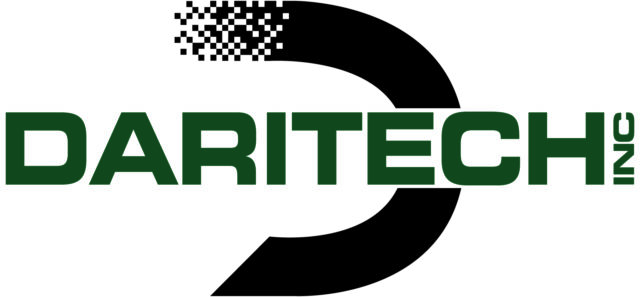Methane digesters have recently come under fire in California. Once seen as a viable option for helping producers deal with problems associated with manure management, the engines used to convert biogas into electricity have come under fire as an unwelcome source of emissions many air boards are clamping down on. Without the ability to generate additional income or offset energy use at the dairy, many had considered digesters a dying part of manure management.
There may, however, be an alternative way to utilize the biogas generated from digesters as an additional source of income for producers while providing an air-friendly answer. David Albers, owner of Vintage Dairy (featured in the November 2007 Progressive Dairyman magazine) and his team at BioEnergy Solutions have finally brought to reality a project that began on the backside of his dairy.
The idea behind BioEnergy Solutions is fairly simple – take a technology that already works and use it in a way that is easiest and cleanest for all involved. For them, the cluster approach is what is making this idea a reality (see Figure 1*).
This approach brings the collective biogas from digesters on dairies in a central location to one point to be scrubbed, or cleaned, and then injected into the existing natural gas line of the local utility company. The utility pays BioEnergy Solutions for the gas and the projects are registered for carbon credits that can also be sold for additional income. Producers receive back a portion of the proceeds from both the sale of the gas and the sale of carbon credits.
In addition to receiving a check for the gas produced at the dairy, dairymen do not have to purchase or maintain the digester. All they have to do is provide a steady stream of manure into the digester. Separated solids from the manure before it enters the digester and the effluent flowing out are still used by the dairy. In most instances, only a simple addendum to an existing permit is needed to implement this strategy.
Although the process seems easy, Renee Rippchen, vice president of sales and marketing at BioEnergy Solutions, notes there are some additional considerations.
“Many producers are skeptical at first about the whole idea. They have been approached before by different companies about putting digesters or other advanced technologies on their farms, only to be disappointed or totally forgotten. Because we were founded by a dairy producer and understand how dairies operate, our approach has been well received. We realize that every dairy is different, so we take the time to look at each one and try to develop a plan that will work best for that dairy. Not every dairy will be a fit, but we try our best to look for ways to include as many dairies as possible.”
Because the company pays for the installation and maintenance of the digesters rather than the dairy producer, Renee points out that one of the biggest hurdles has been overcome.
“We want this to be as simple as possible for the producers involved. Dairymen are generally not interested in taking on large projects that focus them away from what they do best – producing milk. We also continue to have significant interest from investors who want to work with projects that are aligned with the demand for renewable energy and will create returns for themselves, our company and the dairy producers. Only by looking at all aspects of the project are we able to meet the needs of everyone involved so it creates a winning arrangement for everyone.”
By using this approach, the company has looked at several different design models for both the digesters and scrubber location. Renee shares that through this whole process, they have discovered that the best way to deal with the variability each dairy offers is to remain as flexible as possible.
“BioEnergy Solutions wants to maximize gas production while minimizing changes to how dairies operate. We are technology- neutral so we work with producers to design a digester that works best with the way they dairy, rather than asking them to change practices for the sake of the digester.
“For dairies that flush, the simple and most logical option is to build a covered lagoon digester. These types of digesters have very few moving parts, with just a blower and a chiller needed to move the gas from the digester into the pipeline to transport it to the central scrubber for clean-up and injection into the existing natural gas line.”
As to how quickly this tweak on digester technology is spreading, Renee says they currently have 22 dairies signed up for the program with another 130 under the process of evaluation. Two dairies have signed on in Arizona with the possibility of spreading to New Mexico, Texas and other
states in the future. Because of its adaptability, wherever there are dairies clustered together with access to a natural gas line owned by a cooperative utility company, the ability to utilize this technology is there.
Perry Tjaarda of Tjaarda Dairy in Shafer, California, is planning on being on board with the project by fall of 2009. He summed up his feelings about using this technology this way:
“By creating renewable energy from dairy manure, we have a win-win situation...a new revenue stream and a positive impact on the environment.” ANM
Figure omitted but is available upon request to editor@progressivedairy.com.










